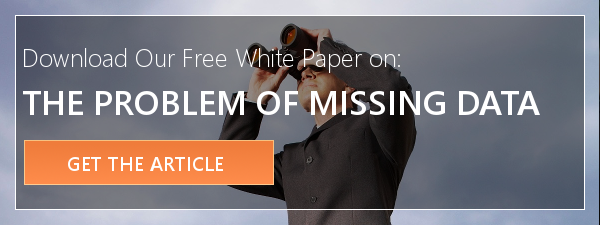
In this series of posts, we address types of fair lending discrimination that are commonly recognized by the regulatory and enforcement agencies.
The points covered are risk areas that are often examined in the course of regulatory reviews. It is critical to bear in mind that fair lending laws and regulations are vast and, accordingly, there is almost an infinite number of pressure points. Our goal in this series is simply to draw from our experiences in our fair lending practice and provide information that will assist in reducing risk.
Most fair lending reviews, evaluations, and risk assessments focus on analysis of data of some sort. This may include anything from comparative file reviews, to statistical and econometric analysis, to reviews of loan policies and procedures. In our previous post, we made the point that these types of evaluations are the mainstay of managing fair lending risk and, in most cases, provide the necessary information needed to evaluate fair lending. However, they may not be sufficient to evaluate every area of potential risk.
A good analogy would be going to a physician and having blood drawn that is sent to a lab for testing. Anything that may be going on in the body that is potentially a problem will likely show up in these tests. The results may also suggest further testing or investigation needs to be done if there are anomalies. Likewise, it can also help identify issues that may be developing which can be addressed before they become problems. However, a complete examination would likely involve other tests, monitoring of vital signs, and so forth.
As with the evaluation of a patient’s blood, a fair lending analysis is examining the impact of things that have already occurred.
While it is to a degree proactive and preventive and often adequate for a patient that is in good health, it is not comprehensive. There may be other issues below the surface that are not yet apparent or behaviors in which the patient is engaging that will produce health problems in the future.
A financial institution can be thought of in much the same way. It is a complex organism with lots of moving parts. Accordingly, there may be multifaceted areas of risk that may not be adequately evaluated with data analysis alone.
It is important to recognize that fair lending issues can arise not only through a regulatory review or inquiry but via customer complaints. Also, agencies may “shop” an institution to test consistency in treatment. (This will be addressed more specifically in a future post).
Risk Areas
Some risks that may not be detectable through data alone are listed below:
- Pre-screening of applicants in the initial credit inquiry
- Discouraging applications, either verbally or non-verbally
- Steering of customers to certain products
- Inconsistently explaining and providing product choices to all customer inquiries
- Inappropriate statements to customers or attitudes toward protected classes
- Differences or inconsistent treatment of applicants in initial inquiry or application process
- Inconsistent servicing practices or collection practices
Finally, the regulatory environment is not static, and there are ebbs and flows with fluctuations and emphasis on areas varying over time. There are also new areas that arise that have not been considered historically.
Also, agencies sometimes have different approaches and methods of evaluation. An institution should stay abreast of these as part of overall compliance management.



